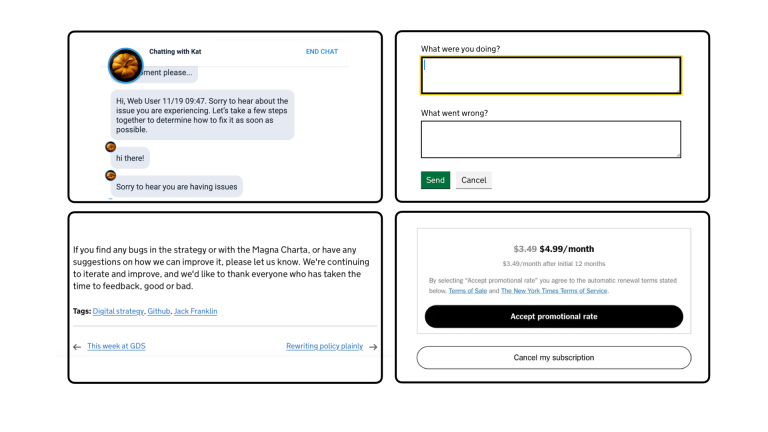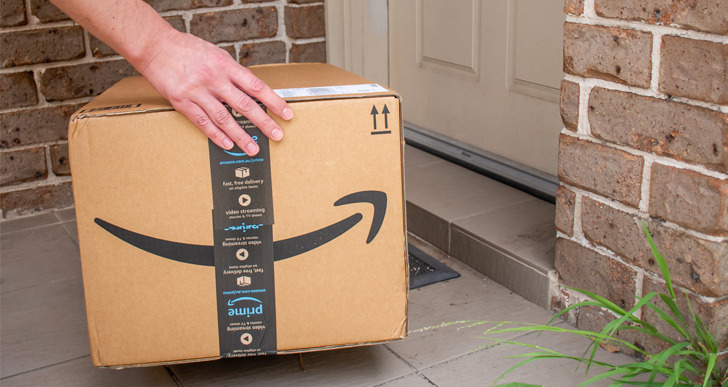If you’re thinking about starting to sell online, you may be considering a subscription business model. It’s a smart move: the subscription ecommerce market is growing by more than 100% a year, with companies selling everything from wine and crafts to toys.
One of the top reasons subscription models are popular is that they ensure predictable revenue from recurring payments. What business doesn’t want to make money every month without having to find new customers? Sounds like easy money, right? Well, not exactly.
While subscription businesses can be easy to start, they do require proper planning and management to thrive. To be successful selling subscription products, you should do plenty of research, write an online business plan, and then put the right measures in place.
To help you get started, let’s consider the different ways that selling subscriptions can benefit your online store, discuss why subscription services are so popular with consumers, and then take a look at six key steps to building an ecommerce subscription business with WooCommerce.

Recurring revenue is often the first benefit people think of when considering selling subscriptions. But there’s actually many other compelling reasons why getting into the subscription business could be a great idea for your ecommerce store.
Subscriptions create a predictable revenue stream
Table of Contents
- 1 Subscriptions create a predictable revenue stream
- 2 Subscriptions increase customer loyalty
- 3 Subscriptions boost customer retention and lower acquisition costs
- 4 Subscriptions enhance customer data and insights
- 5 Subscriptions increase customer lifetime value (CLV)
- 6 Subscriptions focus on upselling and cross-selling opportunities
- 7 Subscriptions improve inventory and supply chain management
- 8 1. Convenience and time-saving
- 9 2. Personalization and curation
- 10 3. Cost savings and discounts
- 11 4. Exclusive access and limited-edition products
- 12 5. Predictable expenses
- 13 6. Reduced decision fatigue
- 14 7. Quality assurance
- 15 8. Product consistency
- 16 9. Flexibility and control
- 17 10. Delight and anticipation
- 18 1. Lack of perceived value
- 19 2. Financial constraints
- 20 3. Product overload or accumulation
- 21 4. Infrequent use
- 22 5. Poor customer service
- 23 6. Better or cheaper alternatives
- 24 7. Life changes
- 25 8. Unmet expectations
- 26 9. Lack of customization and control
- 27 10. Subscription fatigue
- 28 1. Choose a niche
- 29 2. Source and package your products
- 30 3. Build your online store
- 31 4. Choose a pricing structure
- 32 5. Set up shipping
- 33 6. Reach new customers
- 34 Share this:
- 35 Like this:
A subscription business provides the opportunity to create a reliable, recurring revenue stream. This is the probably the most-discussed benefit of offering subscription-based services and products. The predictability of regular, automated purchases helps with both short-term and long-term planning and budgeting. It also eases business owners’ anxiety about overall financial stability.
Subscriptions increase customer loyalty
Subscriptions can build strong customer relationships, fostering loyalty as subscribers become accustomed to a particular product or service. Over time, they’re less likely to switch to competitors, especially if they feel they’re receiving good value.
Subscriptions boost customer retention and lower acquisition costs
Acquiring new customers is generally more expensive than retaining existing ones. With a subscription model, businesses can focus more on retaining and nurturing existing customers, lowering their overall acquisition costs.
Subscriptions enhance customer data and insights
Collecting valuable data about a customer’s preferences and buying behaviors over time is difficult if they primarily make one-time purchases. A subscription business model, on the other hand, enables retailers to track customers over time and learn much more about their needs and interests.
The more data you’re able to collect, the better informed you will be about your customers. When you know your customers well, you’ll be able to engage in more personalized marketing and product development. And when you’re delivering products and messaging tailored to your customers’ desires, you’ll increase subscriber satisfaction and retention.
Subscriptions increase customer lifetime value (CLV)
Subscriptions generally boost the customer lifetime value by increasing the length of time a customer remains engaged. This higher CLV can offset new customer acquisition costs and increase profitability.
Subscriptions focus on upselling and cross-selling opportunities
With a steady customer base, online retailers can focus on introducing subscribers to additional products, offer premium options, or provide upgrades, which can enhance average order value (AOV).
Subscriptions improve inventory and supply chain management
Knowing subscriber demand in advance helps retailers with inventory forecasting, reducing overstock and stockouts, and staff management. This makes operations more efficient and reduces holding costs.
The subscription-based business model can improve revenue, provide predictability, streamline operations management, and help build customer relationships. Spend some time thinking about how your subscription business can take advantage of these benefits and incorporate those strategies into your business plan.
Don’t forget to also consider how selling subscriptions can best serve your customers. After all — just like with any product — it has to provide a certain value for customers to keep coming back.

Creating an online subscription business shouldn’t just be about bringing in more (or more predictable) revenue. You should also truly want to provide a valuable service to customers. So why do people sign up for subscriptions and what makes them stick around?
1. Convenience and time-saving
Subscriptions streamline shopping by automating replenishments, providing curated selections, and eliminating manual payments for regular services. This saves customers time and effort.
This is especially valuable for products customers buy regularly, like groceries, toiletries, or pet supplies. It’s also great for software as a service (SaaS) products and regularly-used services like house cleaning, lawn maintenance, and even medical care.
2. Personalization and curation
Many subscription services offer personalized experiences tailored to customers’ tastes and preferences. Curated boxes for clothing, beauty products, books, or even internationally-sourced snacks are all popular types of subscription offerings. These customized subscription boxes help customers discover new products and styles they might not have tried otherwise.
3. Cost savings and discounts
Subscriptions often come with discounts, exclusive offers, or bundled deals, making it financially attractive for customers. Regularly receiving needed items at a reduced rate can add up to significant savings over time.
4. Exclusive access and limited-edition products
Some subscription businesses offer exclusive content or limited-edition items that aren’t available to non-subscribers. This sense of exclusivity and novelty adds value for customers and makes them feel they’re part of something unique.
5. Predictable expenses
Subscriptions make it easier to budget for recurring purchases since the cost is consistent and predictable. This can be particularly appealing for people who rely on specific products regularly or who are living on a fixed income.
6. Reduced decision fatigue
By opting into a subscription, customers reduce the number of decisions they need to make in a given area, such as clothing or groceries. This helps relieve decision fatigue and simplifies the buying process.
7. Quality assurance
A subscription store usually curates or vets products before including them in their offerings, which gives customers confidence that they’re getting high-quality items without extensive research or comparison shopping.
8. Product consistency
Not only can shoppers be assured of a certain quality, they can also rely on that quality’s consistency — especially when they are ordering the same product every month. Instead of going to the store only to find they are out of their favorite shampoo brand, subscription customers know that they’ll be getting the exact product they subscribed to every single time.
9. Flexibility and control
Most subscription services offer flexible options, allowing customers to pause, skip, or customize their subscriptions as needed. This control enhances the customer experience and makes subscriptions feel less binding.
10. Delight and anticipation
Subscription boxes usually include a variety of ever-changing products each month. Receiving these packages full of new, hand-picked items regularly can add excitement and joy to customers’ routines.
The combination of convenience, cost savings, and personalization has made subscription products popular across various industries, from streaming services and digital downloads to fashion, food, and health products. Paying attention to these important subscription metrics is key to encouraging long term customer relationships.
Now you know many of the reasons people sign up for subscriptions and why they become loyal customers, but before you start selling subscriptions online, you should also know when and why customers cancel.
Customers cancel subscriptions for several reasons, typically related to value, satisfaction, or changing needs. Knowing why someone might cancel their subscription can help your online store avoid some of the common mistakes subscription services make. Here are some of the most frequent reasons:
1. Lack of perceived value
If customers feel the subscription offering is no longer worth the cost or that the product quality is declining, they may cancel. Value is key, and customers are likely to leave if they feel they’re not getting enough for what they pay.
2. Financial constraints
A reduction in available budget is a common reason for cancellations, especially in times of economic downturn or when personal finances become tight. Subscription products — especially gift subscriptions — are often viewed as “extras,” making them one of the first expenses to go.
3. Product overload or accumulation
Subscriptions that deliver regularly may lead to a surplus, especially if customers don’t consume products fast enough or run out of storage space. This is common with services that deliver physical goods, like food boxes, home decor, apparel, and beauty products.
4. Infrequent use
If customers don’t use or enjoy the product or service often enough, they may decide it’s not worth continuing. This often affects subscription-based streaming services, fitness subscription apps, digital downloads, or other subscriptions where regular engagement is needed to justify the cost.
5. Poor customer service
Nothing turns loyal customers into lost ones like poor service. Negative interactions with customer support or difficulties in managing subscriptions (like pausing or canceling) can frustrate customers enough to cancel. A cumbersome process can make customers feel undervalued.
6. Better or cheaper alternatives
When customers find a more affordable or better alternative, they may switch, especially if the new option offers similar or improved benefits. Competitor offerings or deals can make customers reconsider their current subscription.
7. Life changes
A customer’s needs can change due to lifestyle shifts, like moving to a new location, changing dietary preferences, or altering their fitness routine. When a subscription no longer fits their lifestyle, they may cancel.
8. Unmet expectations
Customers may have high expectations for the subscription, and if it doesn’t meet them — whether in terms of product quality, delivery speed, or overall experience — they may be quick to cancel.
9. Lack of customization and control
If a service lacks easy options to pause, customize, or adjust delivery frequency, customers may feel trapped and cancel. Flexibility is often a priority for subscription customers.
10. Subscription fatigue
With the rise of subscription models, customers can experience fatigue from managing multiple services. Some may streamline their expenses by cutting out subscription payments for unnecessary or low-value services.
To run a successful subscription business, reducing churn is key. Improving customer satisfaction, offering flexibility, and delivering consistent lifetime value, are all important factors in ensuring that customers continually feel motivated to stay subscribed.
The planning process is the first, and probably the most challenging, step before you start selling subscriptions. It involves a lot of research into what products and subscription features will best fit your business goals and customer interests. You’ll also need to determine how you’ll source and package your products, what kind of subscription management software you’ll need to use, what kinds of online payments you’ll accept, and what your pricing model will look like.
Sounds like a lot right? Well, that’s just the beginning. But don’t worry — we’ve distilled the process down to just six steps to guide you through the process so you can sell subscriptions like a boss.
1. Choose a niche
If you’re going to sell subscriptions, you should start with something you’re passionate about. What do you love to talk about with friends and family? Is there a problem you can solve? Do you have experience handcrafting or creating products?
A beloved brand starts with you. Passion is contagious.
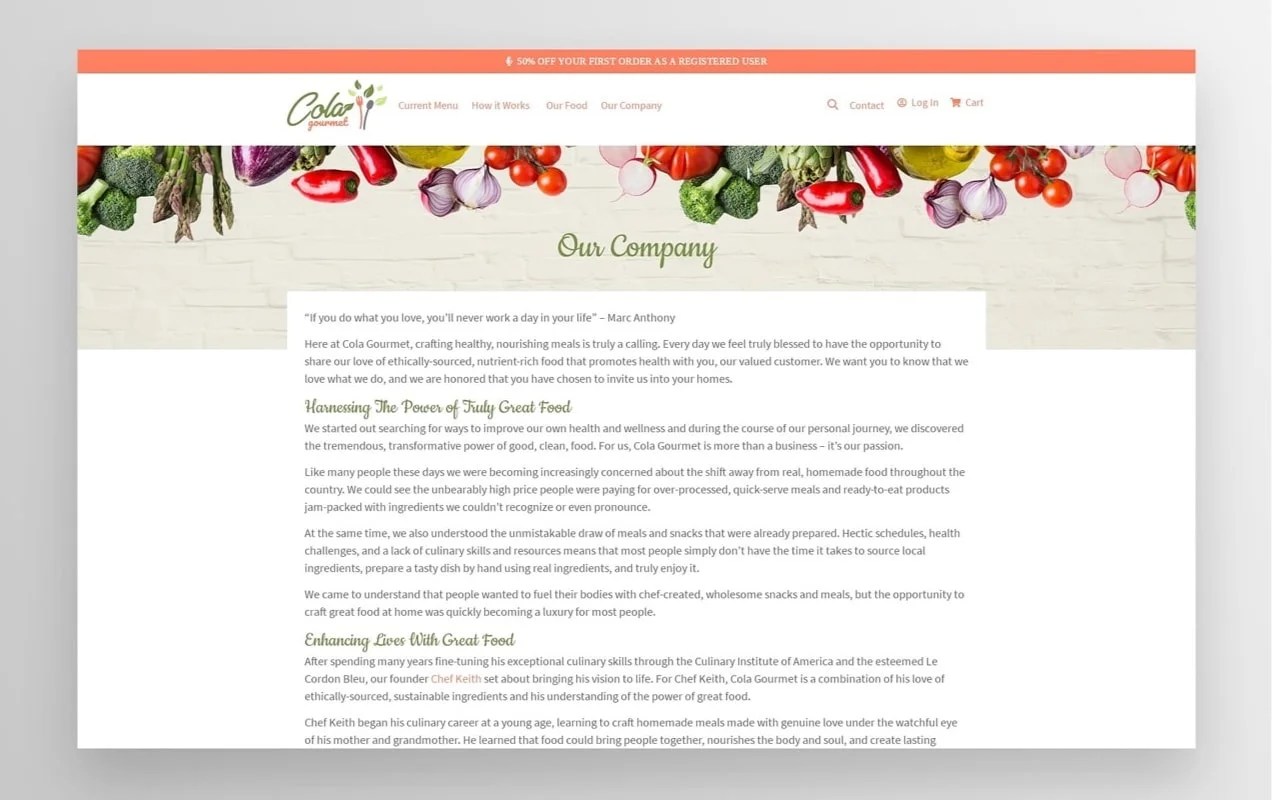
Chef Keith, founder of the Cola Gourmet healthy meal subscription service, says, “We started out searching for ways to improve our own health and wellness and during the course of our personal journey, we discovered the tremendous, transformative power of good, clean, food. For us, Cola Gourmet is more than a business — it’s our passion.”
They took something they love — ethically-sourced, nutrient-rich food — and turned it into a successful business with a subscription sales model.
2. Source and package your products
Next, determine how you’ll source and package your products. Are you going to sell handcrafted products like baked goods, wood crafts, or soaps? Will you hire a manufacturer to create your products? Or will you repackage existing products?
If you want to ensure a successful subscription sales business, you need to offer something unique. This could be your products, but it could also be the way you package them.
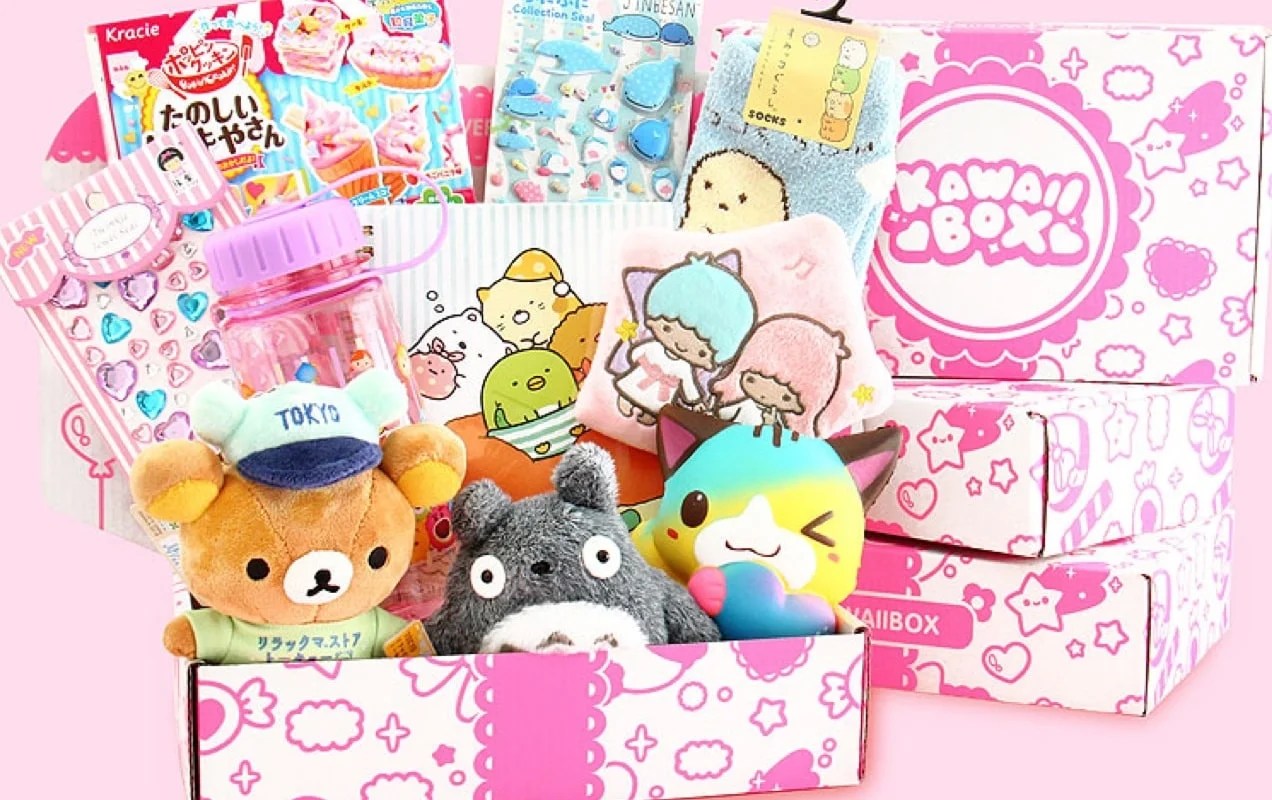
Kawaii Box curates cute products like squishies, stationery, and plushies into monthly, themed boxes. While they don’t create unique products themselves, they package them in a way that stands out and makes customers excited about finding the box on their doorstep every month.
Learn more about exceptional product packaging.
3. Build your online store
What software you use for your online store build is an important choice that you should research carefully before making a decision. Your subscription management platform should offer all the features you need to set up and manage subscription sales, process subscription payments, and support all aspects of your subscription service.
WooCommerce is an ecommerce platform that provides all the tools you need to get an online store up and running on your WordPress website. Unlike many other subscription ecommerce platforms, WooCommerce is free to use. The platform itself includes core ecommerce functionality, and a vast library of both free and paid add-ons lets you create a completely customized website without editing a single line of code. It’s also one of these extensions that will provide the option to sell subscriptions.
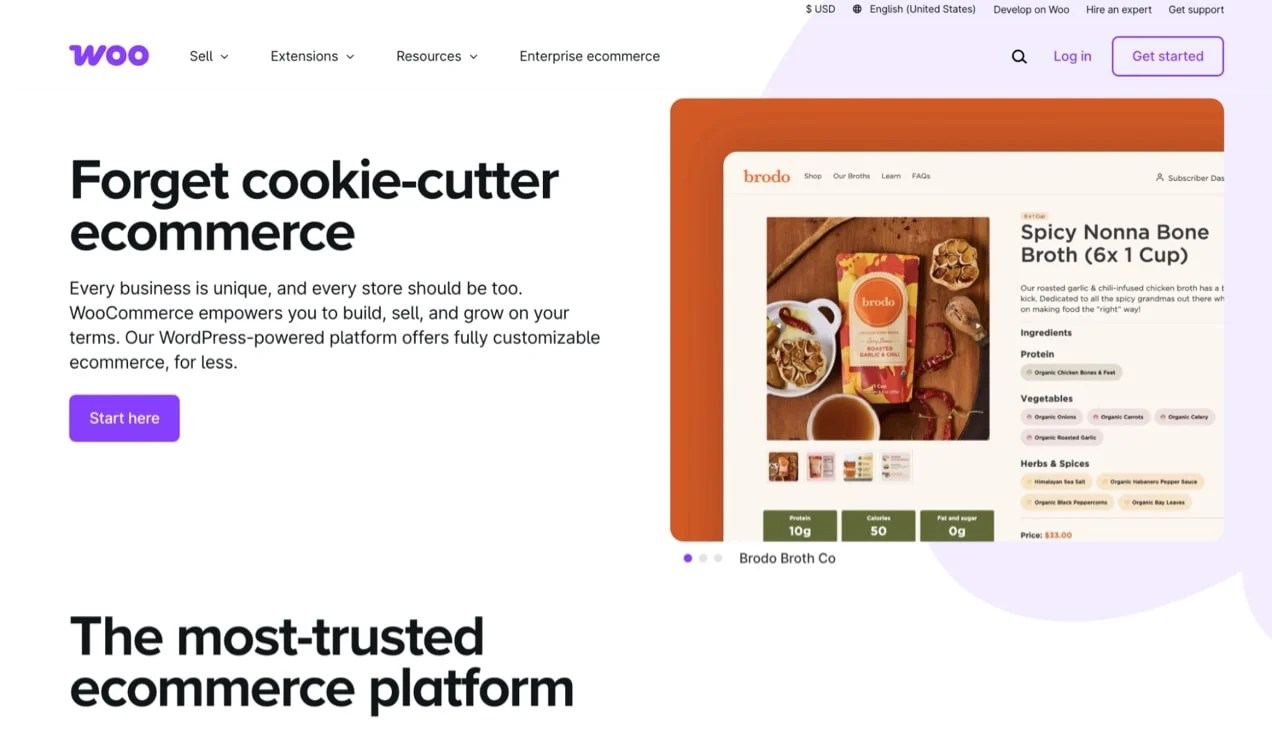
Here’s how to set up your subscription store with WooCommerce:
- Follow the five-step start guide. Upon installation, a setup wizard will walk you through the basics and get you ready to sell.
- Integrate with a payment gateway, which is a tool that enables you to collect payments online. You’ll need a payment provider that allows for recurring charges — like WooPayments.
- Set up tax calculations. WooCommerce Tax enables you to automatically charge the right rates without any work on your end.
- Create any pages you’d like. At a minimum, you’ll want a homepage, About page, Contact page, and FAQ page. Navigate to Pages → Add New to get started. Then, use the block editor to add content like images, text, videos, and buttons.
- To sell subscriptions, install WooCommerce Subscriptions and create your subscription products.

You’ll also want to hire a professional photographer, or spend a little time learning how to take high-quality product photos. Since customers can’t physically touch your products, pictures will have to showcase them for you.
4. Choose a pricing structure
With WooCommerce as an subscription ecommerce platform, you can structure subscriptions in your online store several different ways:
Sell individual, recurring products
Selling single products as subscriptions benefits you and your customers. You get recurring revenue, and they don’t have to worry about re-ordering. This is especially valuable for products like dog food or coffee, which customers won’t want to run out of.

Offer one-off products with a subscription option
You might want to offer customers the option of purchasing your products one time or receiving them on a regular basis. Kaneny does exactly this, allowing shoppers to purchase their skincare products “this time only” or “now and Auto-Replenish.”
To add subscription plans to existing products, install the All Products for WooCommerce Subscriptions extension. You can also offer discounts as an incentive for subscribing, or include subscription plans on the cart page for impulse buying.
Sell subscription boxes
Subscription boxes are a great way to keep things interesting and delight your customers. Typically, you would curate themed products that you make or purchase on a monthly (or quarterly) basis. Create boxes based on regions of the world, hobbies, interests, or diets — be creative!

FairyLoot sells fantasy-based book subscription boxes full of treasures like bookmarks, pins, pencils, candles, and stickers. Subscribers don’t know exactly what’s in each box until it arrives, so unboxing is exciting — the anticipation is part of the purchase.
Build-your-own subscription box with discounted bundles
Shoppers can also create their own subscription boxes and choose exactly what they’d like to receive each month. This is a great way to let them pick sizes, flavors, or colors, and provides endless customizability. The Product Bundles extension is made for exactly this.
Other pricing considerations:
- Delivery frequency. How often do you want to deliver products? Weekly, monthly, quarterly? Do you want to provide multiple options?
- Payment processing frequency. Do you want to offer customers options of when their recurring payments will be processed? Common options to offer are a weekly, monthly, quarterly, or annual subscription.
- Discounts. Do you want to inspire customer loyalty by offering reduced pricing for recurring orders, or a discounted first box to encourage signups?
- Signup fees. You might want to charge a signup fee if your first delivery contains a particularly valuable item. If you sell shoes and charge a quarterly recurring fee for colorful laces, you might charge one price for the first box of sneakers, and a different, ongoing price for laces.
Read the Subscriptions Store Manager Guide for details about setting up your pricing structure.
5. Set up shipping
Your next step is to determine how you’d like to ship your products. Two of the most common considerations are:
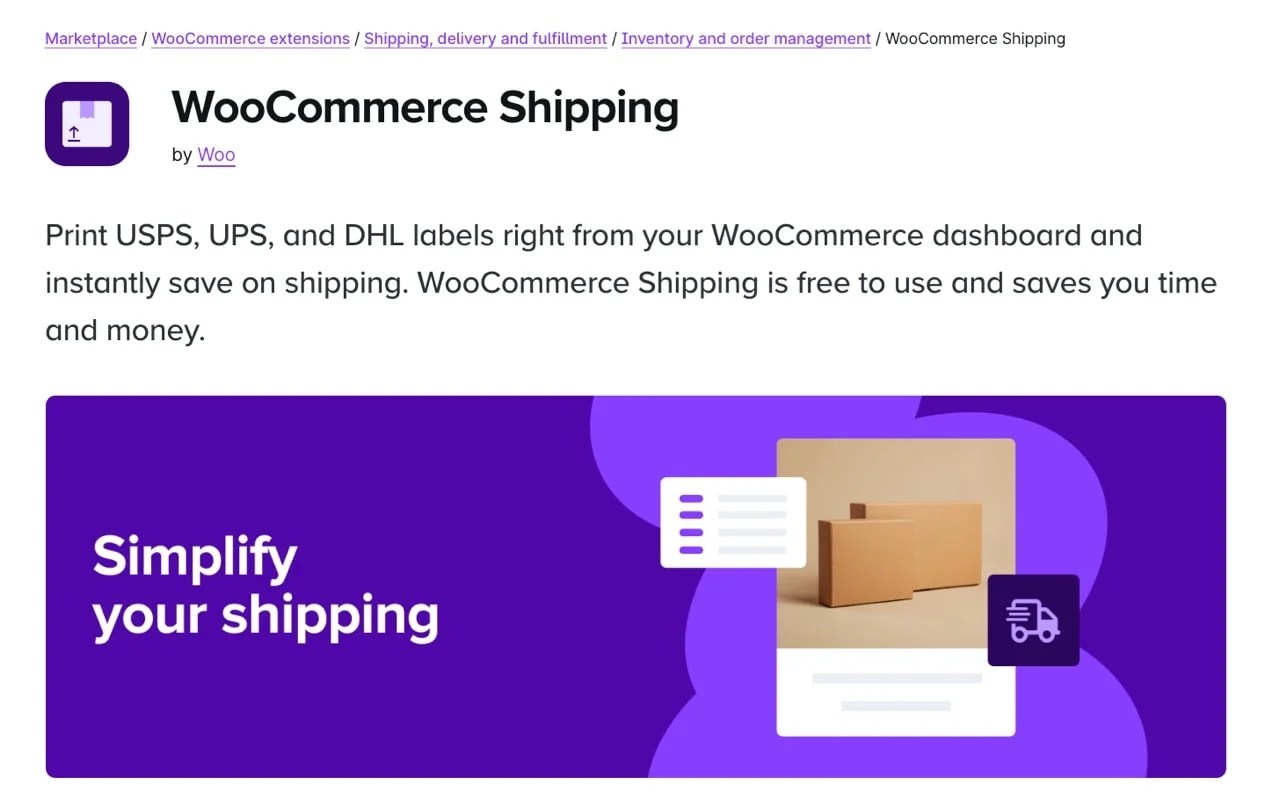
WooCommerce Shipping is a simple way to get started and allows you to print shipping labels directly from your dashboard and receive substantial discounts on standard freight charges.
6. Reach new customers
Now that your store is live, you need to find subscribers. That means using a variety of marketing tools to bring in new customers. Here are a few ways to drive traffic to your online business:
The right combination of marketing tools will vary based on where your customers spend their time and what they value. You may rely more heavily on email marketing than social media, or find that content marketing outperforms search and display ads. Or perhaps you discover that referral marketing is your biggest driver of subscription sales.
Remember that successful marketing requires consistency and experimentation — it might take time to find the perfect strategy.
If you’re ready to sell subscriptions online and generate recurring revenue, there’s no better time than now! WooCommerce provides everything you need from a subscription ecommerce platform to create a fully-functioning store that’s as unique as your products. Get creative and build a business that you’re passionate about.
Get started with WooCommerce Subscriptions, or take a look at some of the subscription businesses that are succeeding with WooCommerce.
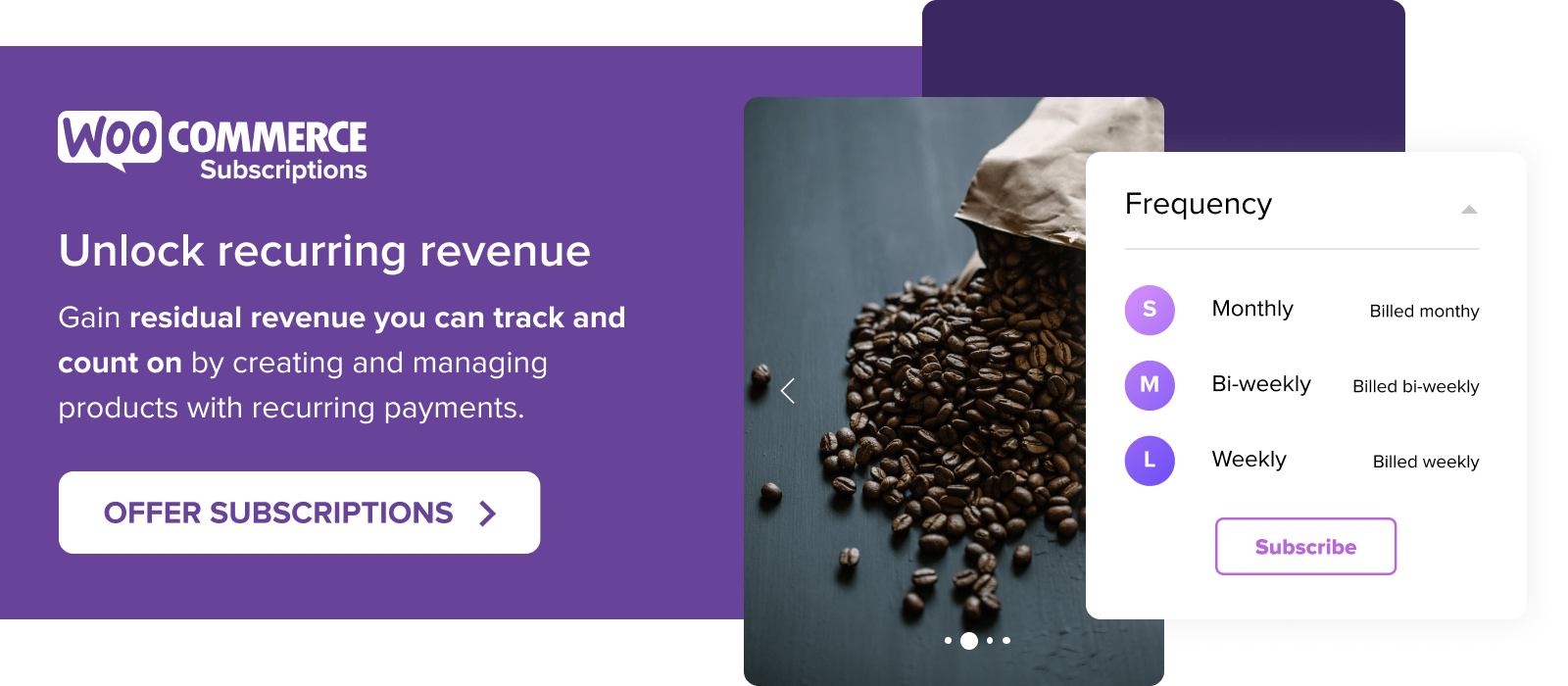
About
Kathryn Marr
